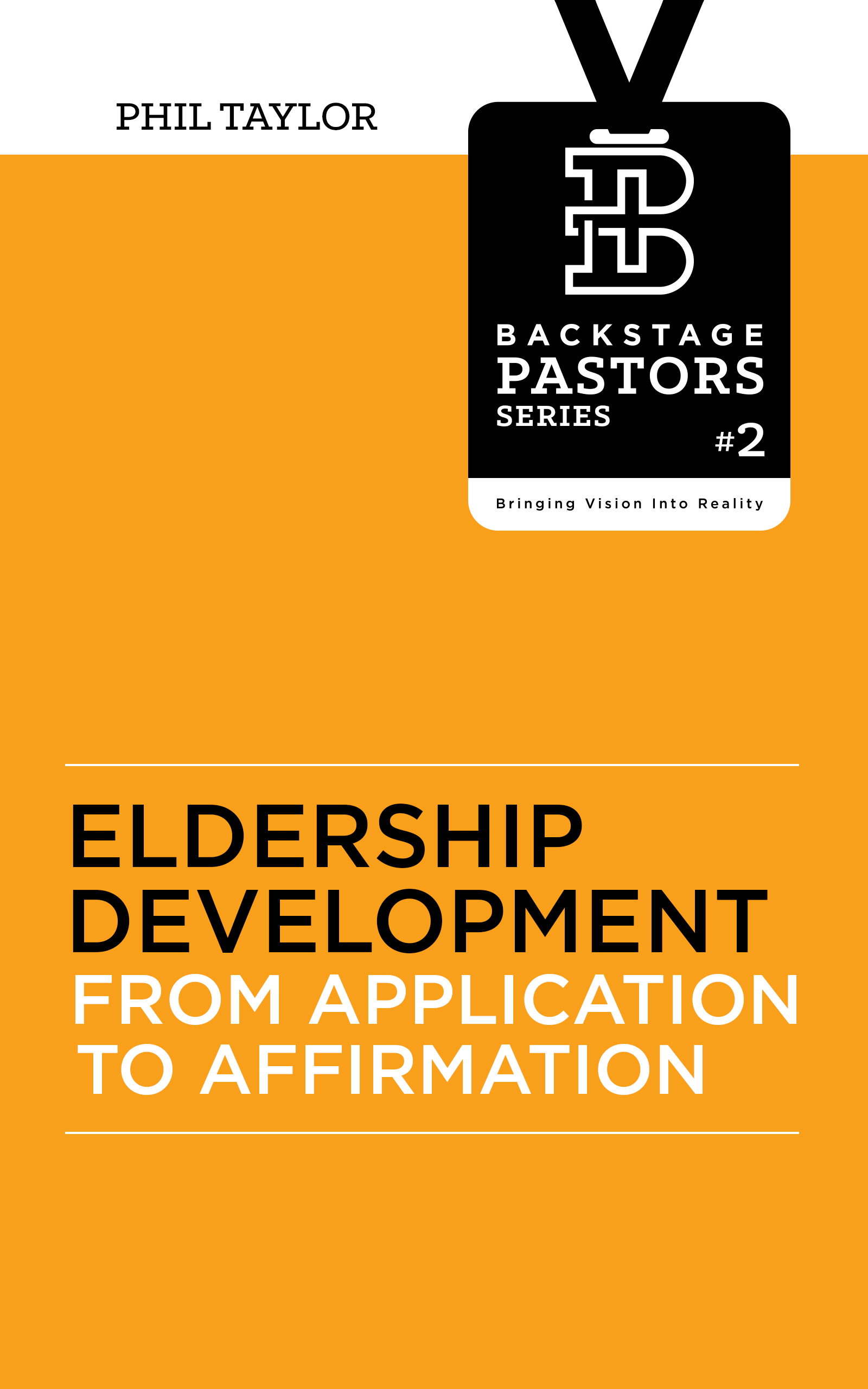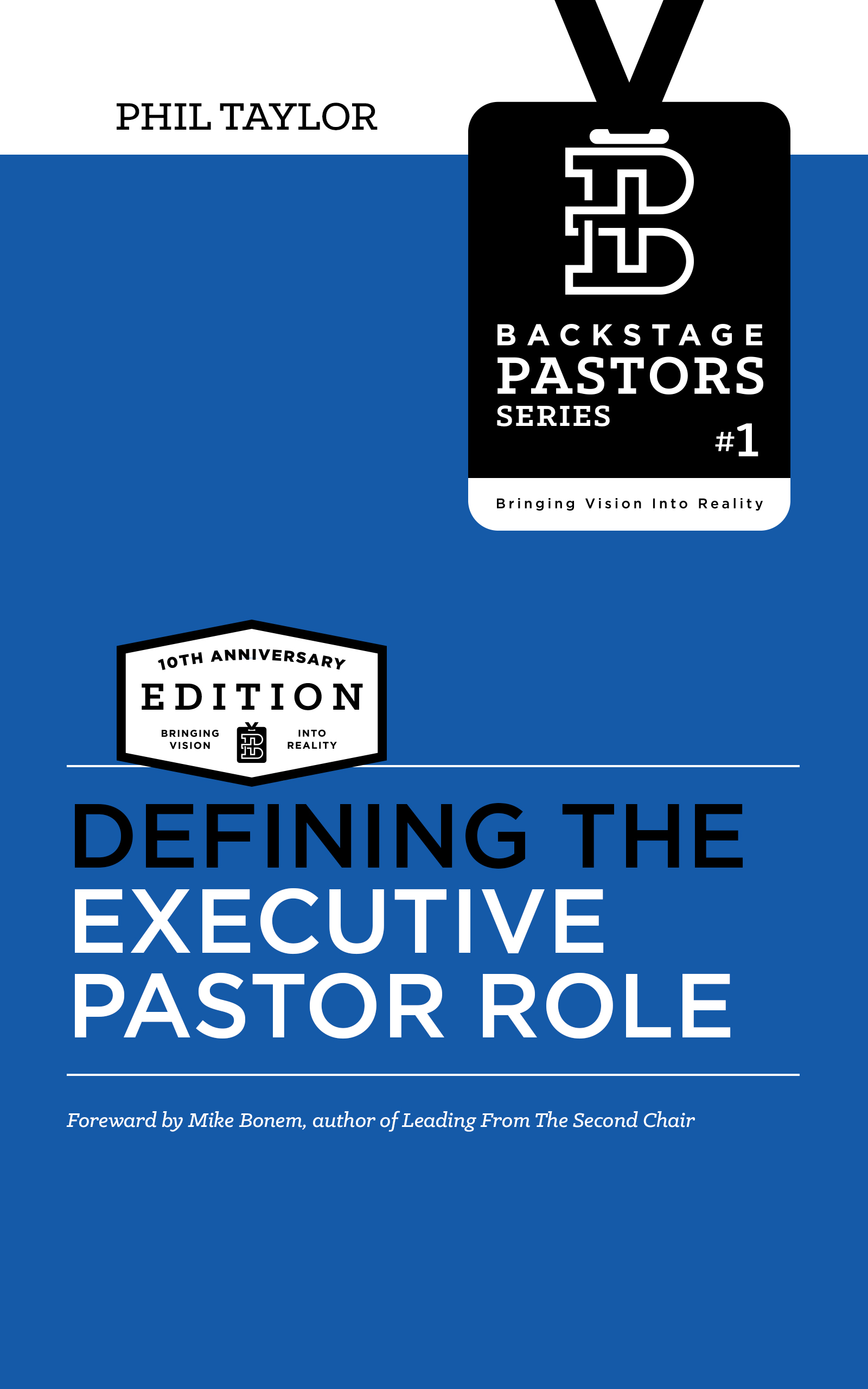10 years ago, I had the privilege of writing a book called “Defining The Executive Pastor Role”. It’s hard to believe that much time has gone by since I wrote it! Way back in 2014 when the book came out, I had the intention of following it up with a second book, also for Executive Pastors, and possibly a third. But life got in the way. Our church was growing at a very fast clip. We needed more staff, more space, more everything. And that second book stopped short after I’d written a couple chapters.
Then, I started getting questions about a teaching I’d done on Elder Development at a couple conferences. Those questions turned into phone calls and those phone calls turned into a book that you’ll find on Amazon called “Eldership Development: From Application To Affirmation”. As it turned out, both of these books did really well and found their way around the globe without much effort. Along the way, I started doing a lot more coaching with pastors and consulting with churches. In 2022, I shifted into serving other churches full-time (instead of my own church), and that was bit of a learning curve in and of itself.
As 2023 began, I realized that 1. I wanted to update the XP book. 2. I had good content hidden in evernote files that needed to be at least added to the original. 3. I had gotten great feedback on what was missing from the original book and I wanted to add it.
So I set a goal.
Publish the new version of Defining The Executive Pastor Role in 2023! I worked diligently on the update (if not somewhat sporadically) and as fall 2023 came on, I was within striking distance of finishing the project. Unfortunately, I also realized that my work for PlainJoe Studios with churches across the nation and internationally had me entering a season that would create travel 10 out of 12 weeks straight through mid-december.
So I did what anyone would do. I altered my goal. I would at least get the updated manuscript to an editor by the end of the year. It’s ok if publishing it happened in 2024.
With this new goal in mind, I worked hard to finish things up on the weekend and on planes. As Christmas approached I decided to take the time between Christmas and New Years off completely from my day job with PlainJoe Studios. (No pastors were working anyway, so it was fine). I put a solid three days into one final push and on New Years Eve, 2023, I sent the newly updated manuscript off to my editor and rested in knowing that I had met my goal! (Even if it was altered a bit from earlier in the year).
The book is now with my editor. After that, it goes to my formatter. Cover design update is in the works with my graphic designer. My hope is that the updated version will be live on Amazon by the middle to end of February 2024. Stay tuned! I’m really pleased with how it turned out.
UPDATE:: Due to a death in the family, the release of this book will move to April, 2024.














